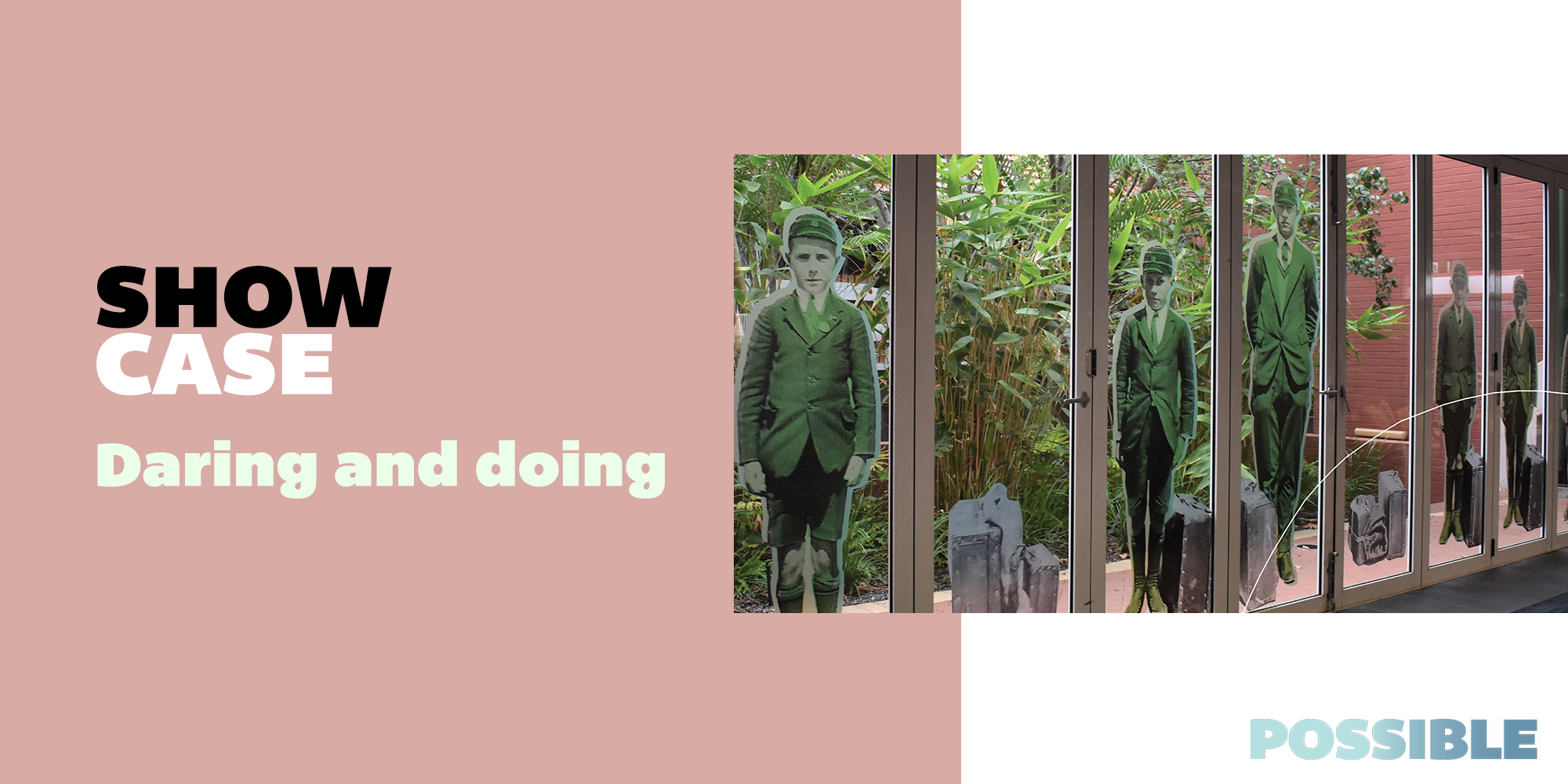Imagine you’re scheduled for a Zoom meeting but can’t attend. No need to miss out or reschedule—simply get your digital assistant to sit in on the meeting. Not only will they take note of all the relevant information but they can respond to questions on your behalf. They can interact with all other attendees and confirm future meetings against your schedule. And that’s just for starters.
“At present there’s an actualisation, an engagement and a personalisation that we’ve never had before,” says Dr Mike Seymour who conducts research into creating digital humans with computer graphics and AI. He’s a senior lecturer at the University of Sydney, where he gained a degree in pure maths. His research into interactive real-time photoreal faces is pushing the concept of digital work colleagues forwards.
“Advances in computer technology have made a huge difference in this field,” says Dr Seymour. “In 2017, a digital version of myself interviewed people in LA. We had nine people running nine computers to make that happen. Today, I could do that on the Apple Mac Pro in front of me.”
Assistants and avatars
There are many applications for digital work colleagues. Someone suffering from dementia, an acquired brain injury or a stroke can find the world fast and difficult to understand. A digital assistant with endless patience can provide that person with information incredibly slowly and repetitively.
There are also applications for fashion and online purchasing. A large proportion of clothes bought online are returned, wasting packaging, energy and resources. If buyers can see what clothes look like on them prior to purchase, most of that problem is solved.
“A realistic digital version of yourself could try on prospective purchases,” says Dr Seymour. “It can mix and match different items. The end result is a saving of time, money and resources.”

Across all industries
Applications for digital work colleagues range across many industries, whether it’s aged care, fashion, online presenting, customer service, public relations, or education.
“It’s difficult to think of an area that couldn’t benefit from digital work colleagues,” says Dr Seymour. “In education, a digital tutor could adjust to the speed at which the student is responding. If the student looks bored or confused, it can change tack. Instead of being taught by some old white guy, the digital tutor could be young, of any ethnicity and gender. We know kids respond to kids on screen so the tutor could even be a digital version of the user.”
Across all industries
The PR problem with digital work colleagues is that people think they’re going to take jobs away from real people. According to Dr Seymour, this isn’t the case.
“Any industry utilising digital work colleagues is going to change,” he says. “But the overwhelming experience of the past 50 years is that these types of advances do not cause massive unemployment. They simply change the way things are done. We’ve had personal computers for 40 years without negative impact on employment. If you were a typist, you’re not doing that anymore; you’re now a PA or an event coordinator. There’s no historical precedence to support the claim that digital workers will mean wholesale unemployment. “
Abusing technology
Photorealistic digital versions of people mean steps have to be taken to ensure the process isn’t abused. No-one wants a digital avatar of themself used in porn or promoting something to which they are opposed. There are currently laws in place to fight this kind of misrepresentation and fraud.
“To a certain extent, your identity is protected under the law,” says Dr Seymour. “The best defence against digital avatars being used in ways they shouldn’t is an informed public. Photoshop can place anyone at a Nazi rally but we know when that’s implausible. The image is then dismissed out of hand. Education, a good understanding of what’s possible and an open dialogue is how we can protect ourselves.”
Towards the future
With the rapid advances in technology, AI and digital representations over the past 10 years, there’s no knowing what the next 10 will bring.
“We have a good idea of what’s going to happen in the next three to four years because that’s in the labs now,” says Dr Seymour. “Ten years out is just too far into the future. It’s science fiction. Certainly, the speed of change and development is insanely fast but it’s not to be feared.”

.png)



